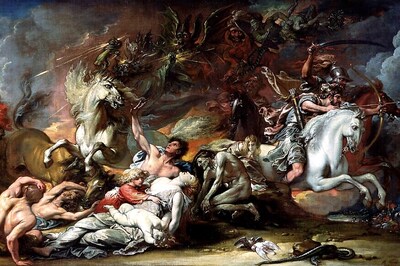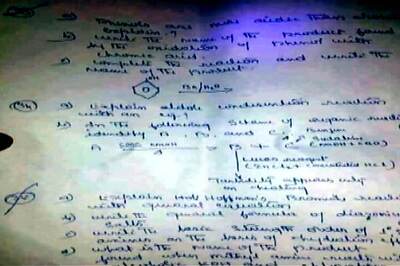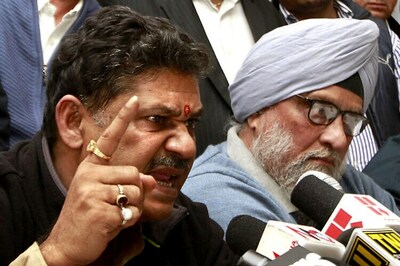
views
WASHINGTON/BOSTON: Turmoil in money market mutual funds sparked by the coronavirus pandemic shows that decade-old reforms to the $4.4 trillion industry may not be enough to avert major outflows during a future crisis, Deputy U.S. Treasury Secretary Justin Muzinich said on Tuesday.
The remarks were the latest to raise expectations a new round of rulemaking may be on the way for money funds, which faced turbulence this spring as the COVID-19 pandemic shook Wall Street before Washington officials stepped in.
Muzinich told a New York Federal Reserve conference that the Money Market Mutual Fund Liquidity Facility created in March was critical to restoring financial market functioning as broad shutdowns of the U.S. economy got underway.
But high demand for fund withdrawals was due to different metrics than those operating during the 2008 financial crisis, he said.
In 2008, the Reserve Primary Fund “broke the buck” when its net asset value fell below $1 as a banking crisis accelerated, causing a stampede of fund withdrawals that were quelled only by a U.S. Treasury backstop for over $3 trillion in fund assets.
The 2010 Dodd-Frank financial reform legislation required money market mutual funds to hold 30% of their assets in instruments that are liquid within a week, among other reforms. But Muzinich said that when some funds neared this threshold in March, withdrawal requests accelerated.
“The events of this past March show that those reforms may not be enough,” Muzinich said. “For example, one might ask whether we have exchanged one psychological bright line for another.”
Muzinich said such lines have the potential to create “run dynamics” in markets as they are approached. But he stopped short of calling for further specific reforms.
“While policymakers were able to avert a run, it is worth asking whether there are ways to enhance the liquidity resources available to funds without using a bright-line test, or whether there are ways to draw a line without creating a first-mover advantage,” Muzinich added.
Peter Crane, founder of money fund research company Crane Data, said the remarks add to expectations new rules will be created for money funds, sometimes seen as rivals by more closely-regulated banks.
“Certainly from the looks of it new money fund regulations might be coming,” Crane said.
He also noted a Sept. 24 speech by Dalia Blass, the top fund regulator of the U.S. Securities and Exchange Commission, who said her division will analyze the events of March and look to build a resilient market “while preserving the important role of money market funds in the short-term funding markets.”
Low yields on U.S Treasuries and other debt have forced big money fund sponsors to waive fees just to keep investors in their products this year, or to close them to new investors.
Disclaimer: This post has been auto-published from an agency feed without any modifications to the text and has not been reviewed by an editor




















Comments
0 comment